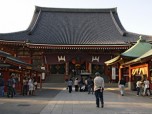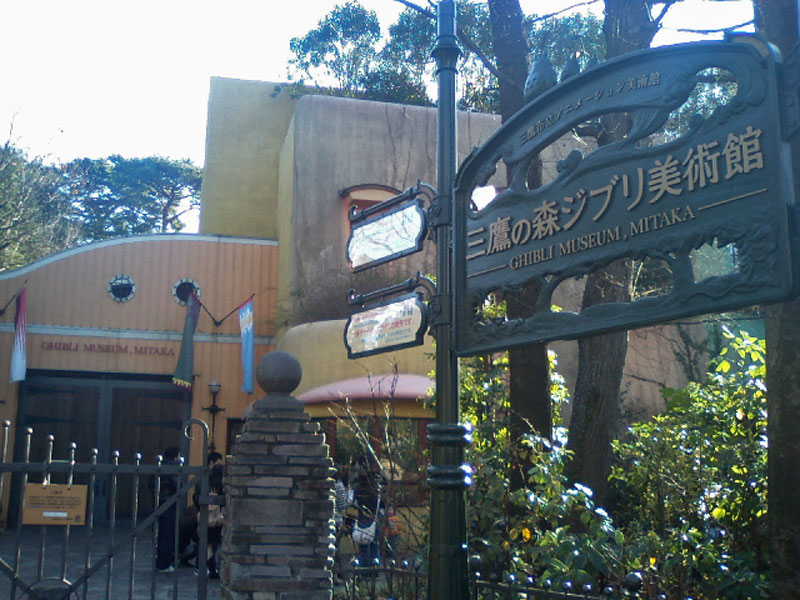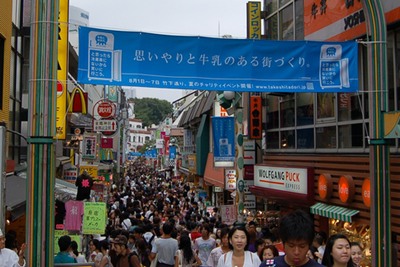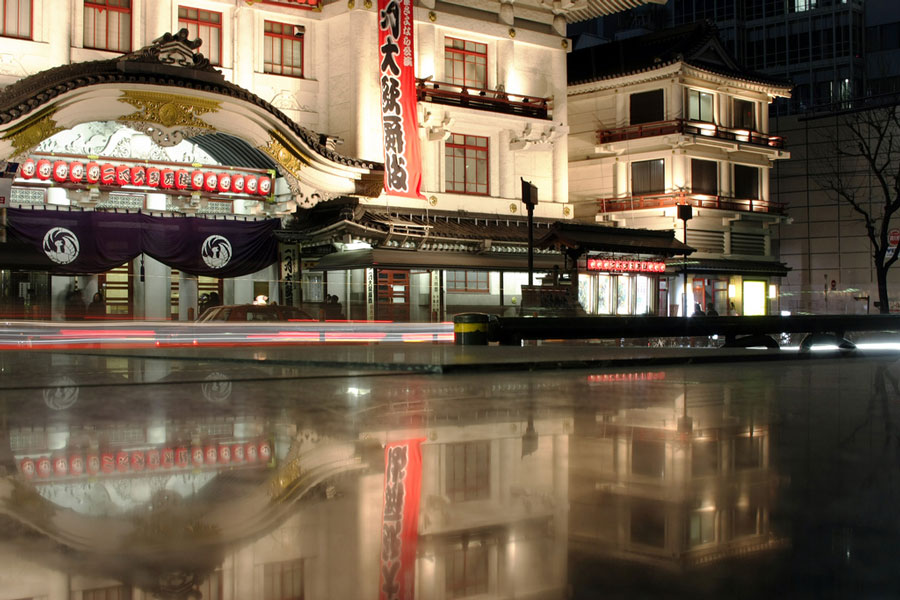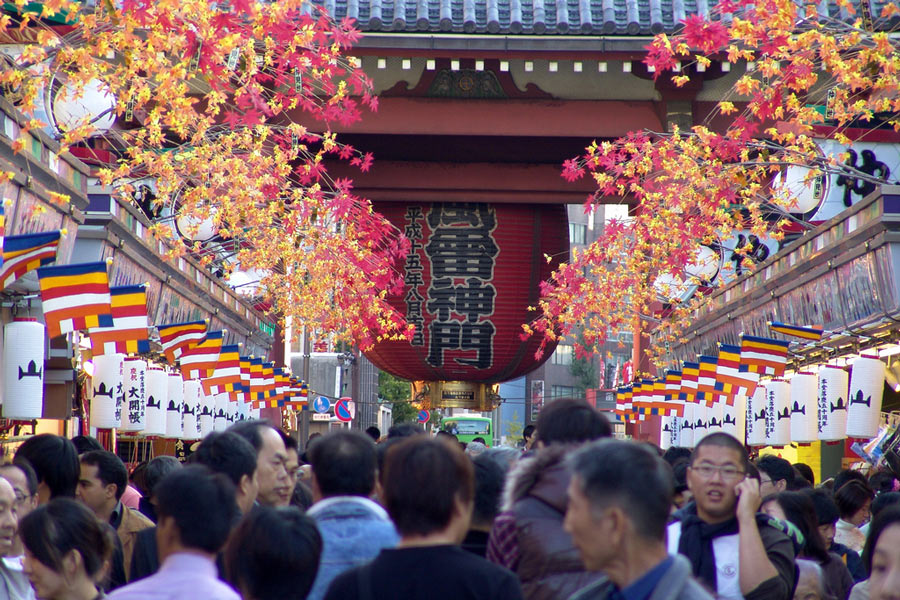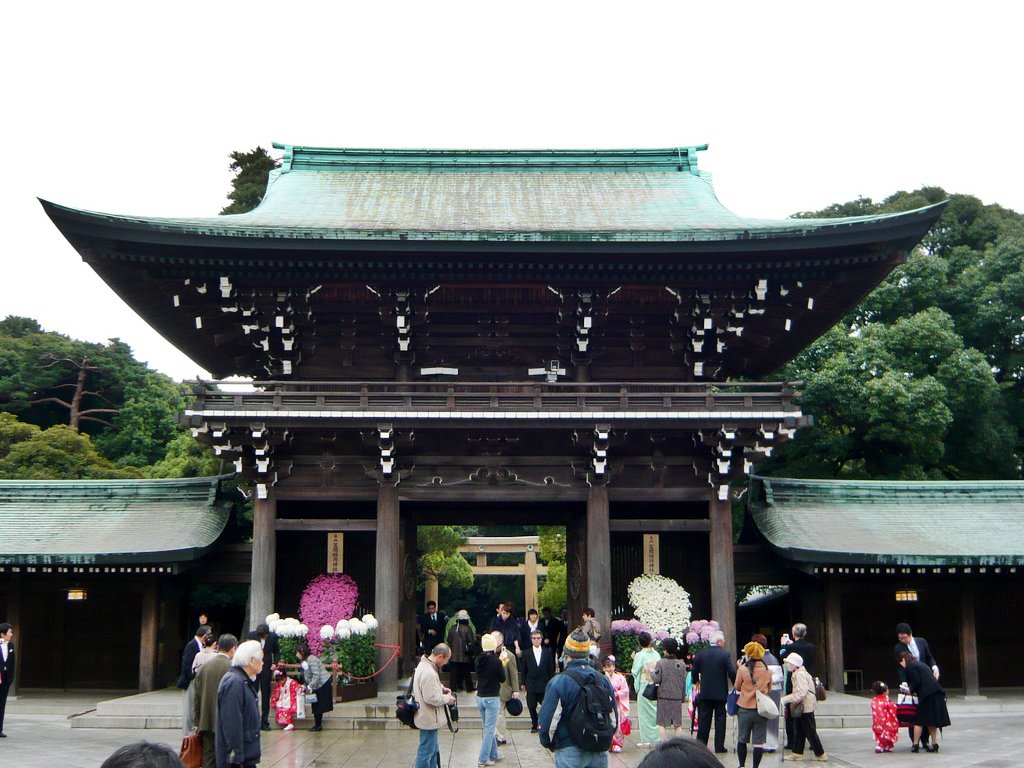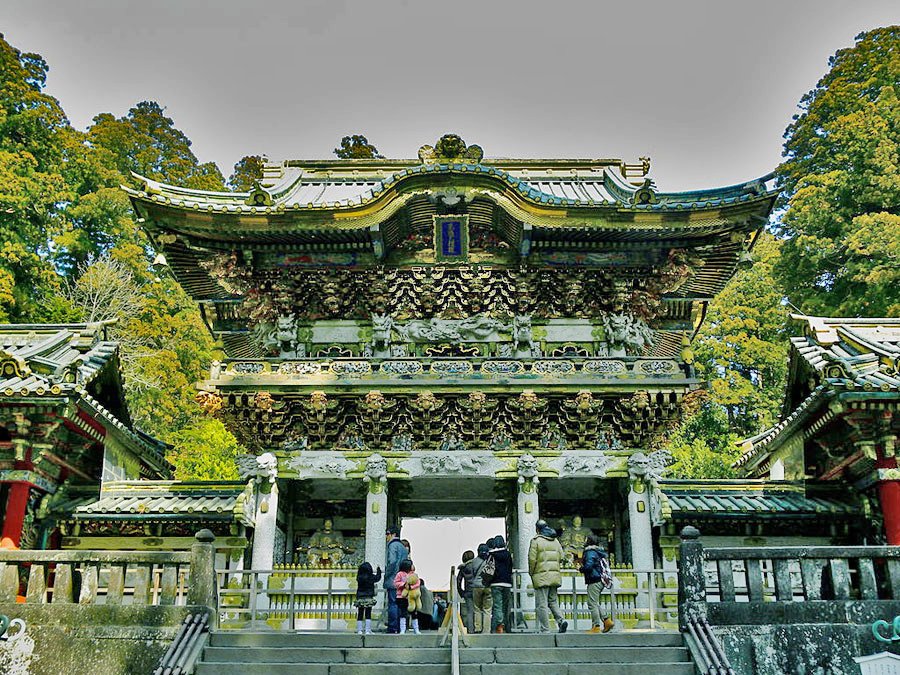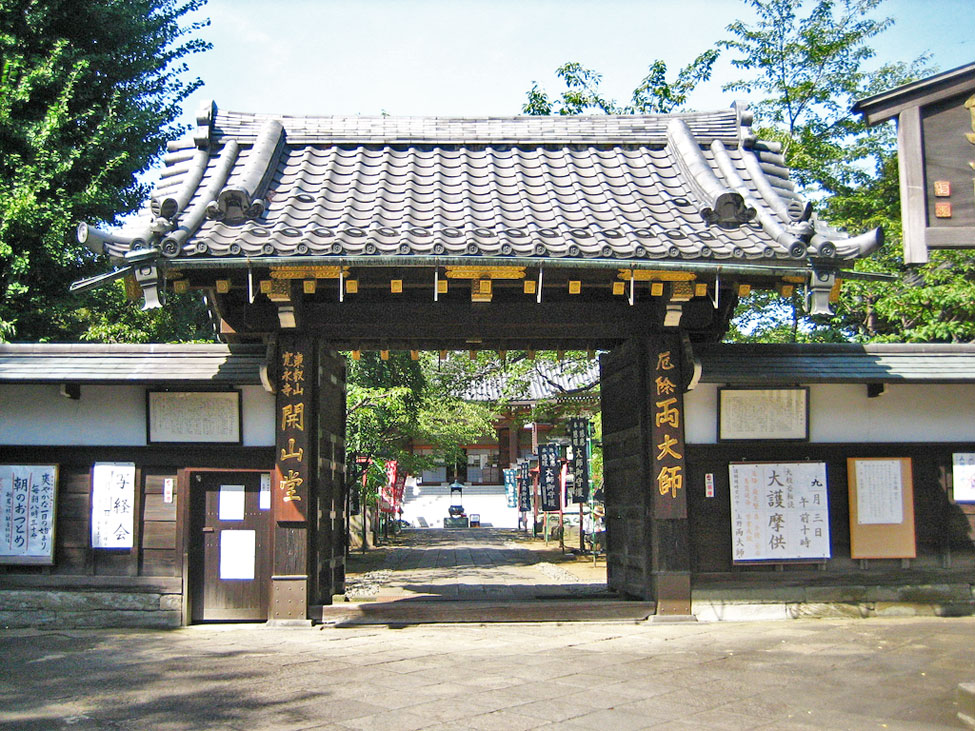When you travel to the Land of the Rising Sun, Japan, there are historical places that will definitely remind you of their country’s culture, beliefs, and history. One of the most popular tourist spots in Japan that is visited both by local and international visitors is the Asakusa Shrine.
Asakusa is Tokyo’s center of Shitimachi (which means “low city”) and this district still preserves the atmosphere of Tokyo’s past.
The Asakusa Shrine is also known by the name Sanja-sama, which means “Shrine of the Three Gods”. It is undoubtedly one of the famous Shinto shrines that can be found in Tokyo, Japan. Originally, the shrine was built as a token to honor the founders of Senso-ji, which are three men. You will also notice that the Asakusa Shrine is only a piece of a larger group of sacred buildings in Asakusa.
History & Legend
The Asakusa Shrine boasts a long and rich history. Its construction was recorded in 1649 during the Edo Period in Japan. The legend starts with two brothers who were both fishermen – Hinokuma Takenari and Hinokuma Hamanari.
One day, they accidentally located a small bosatsu Kannon statue that had been entangled in their fishing net sometime in May 17, 1628 at the Sumida River. A third man enters in the picture by the name of Hajino Nakatomo – a powerful and wealthy landlord.
Hajino Nakatomo heard about the Hinokuma brothers’ discovery and he convinced them to convert to Buddhism through his sermons. From that day on, they dedicated their lives discoursing the way of Buddhism.
More to Experience
• Buddhist-inspired temples and festivals
• Revel in the intricate architecture which is a great example of Gongen-Zukuri
• Rich historical structures that survived the test of time and catastrophic events
• A chance for you to grasp the true essence of its history and religious belief
If you want to catch their amazing festivities, try to visit Asakusa in mid-May.

